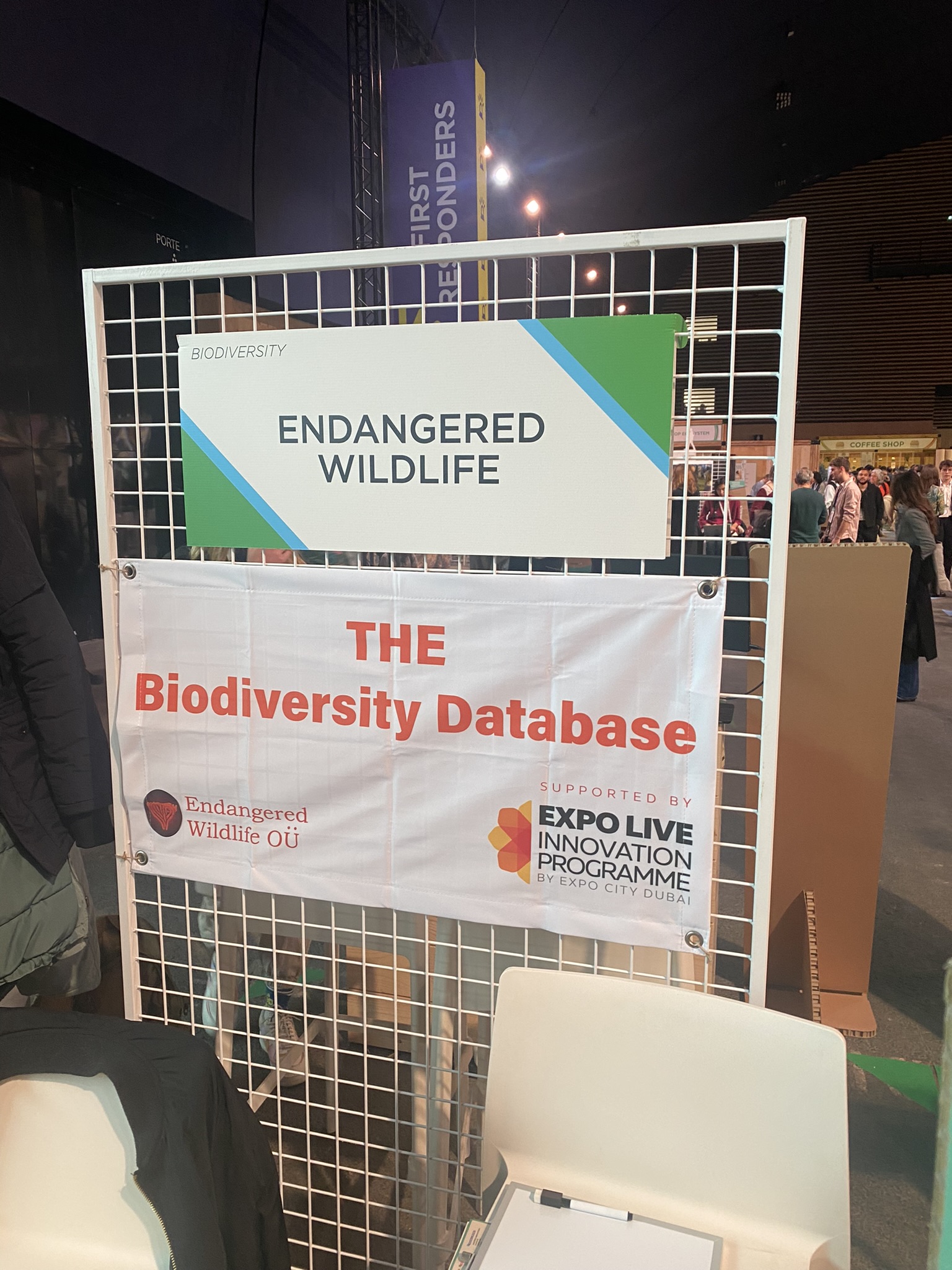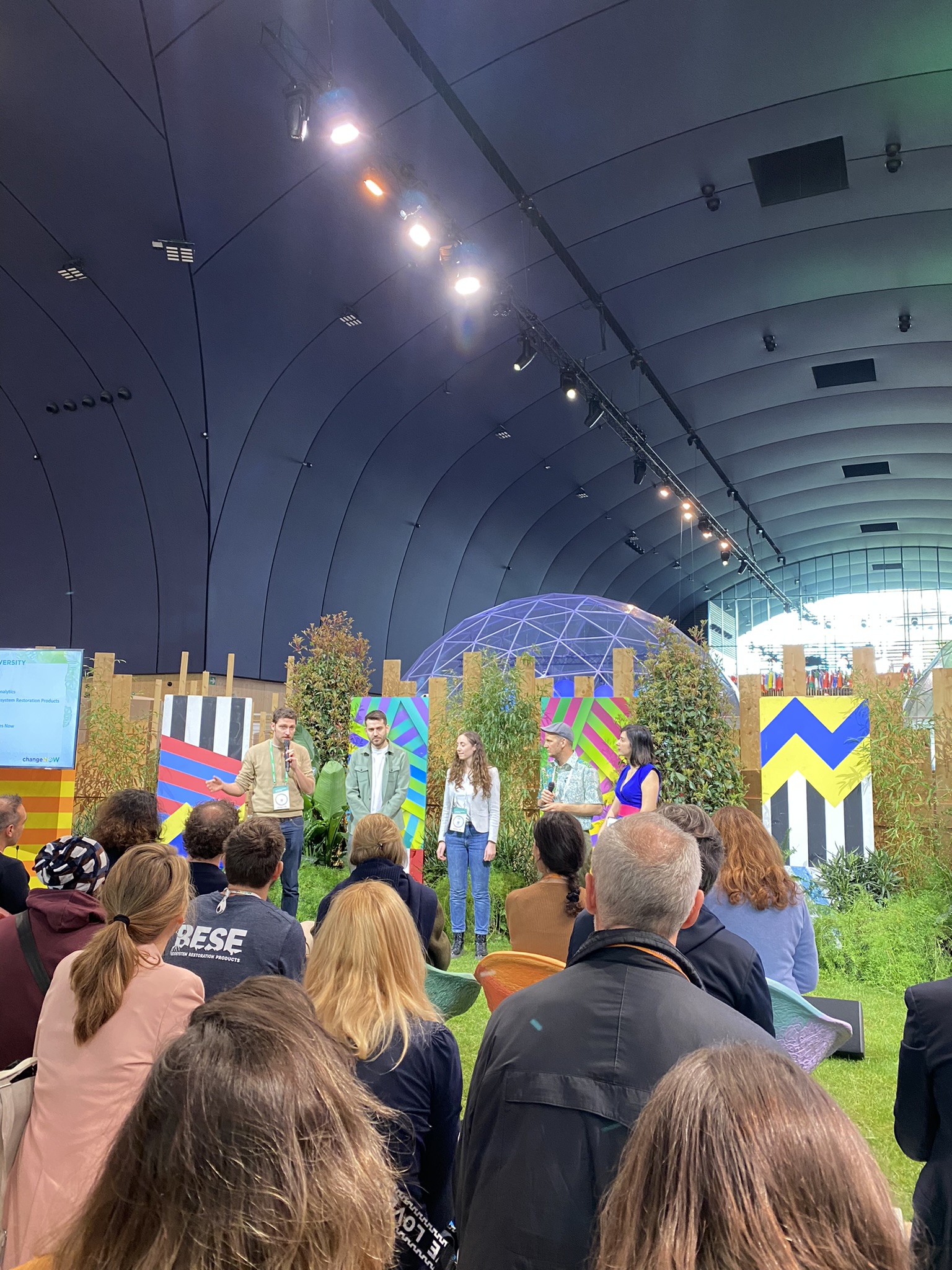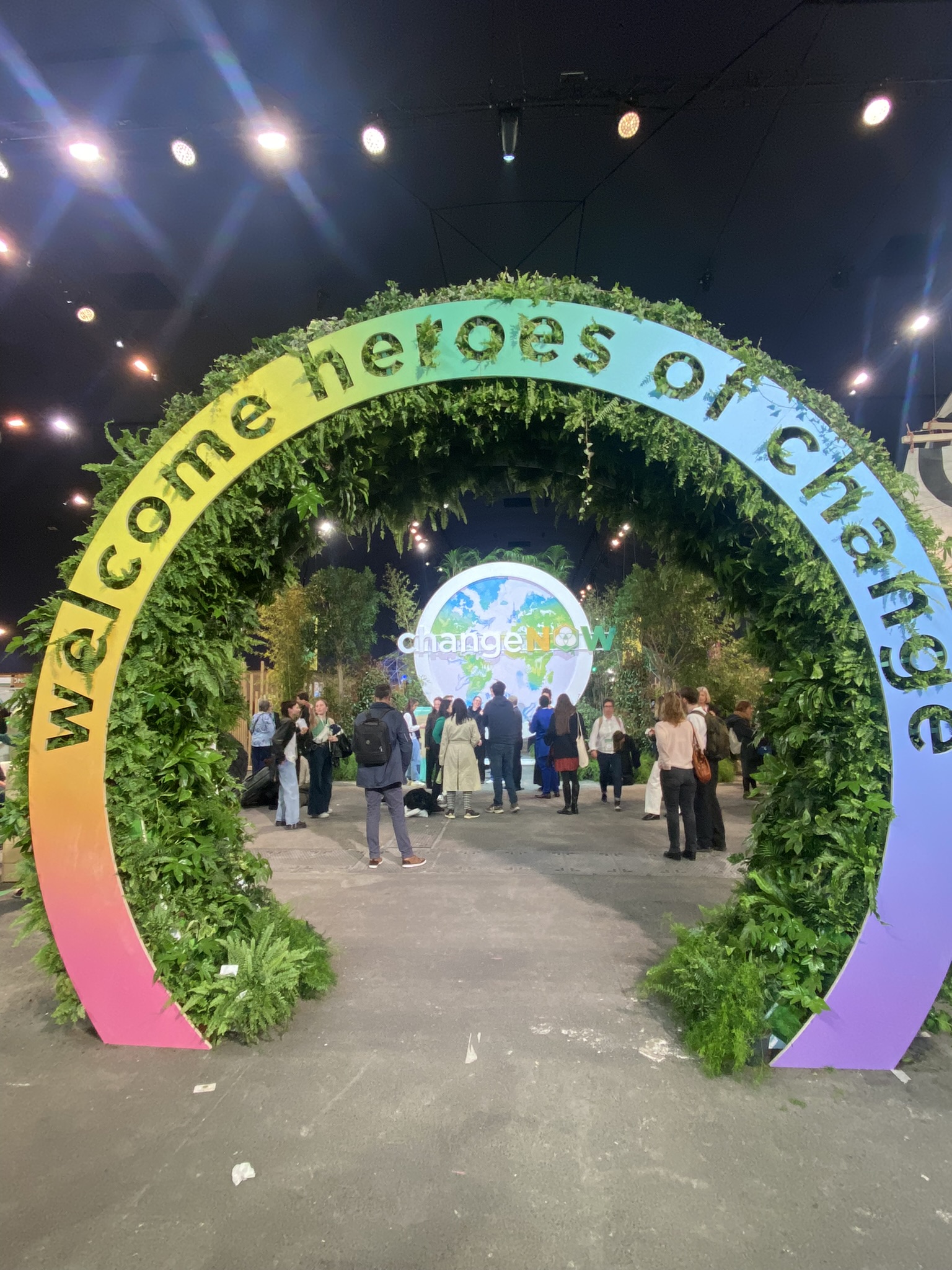
10 Ways the Ocean Sustains Us (and How We Can Protect It)
In our oceans, when marine life is removed faster than they can reproduce and sustain the ecosystem this is overexploitation in simple terms. When we rely on resources like our ocean to sustain us, how do we not consider ocean conservation as a rule?
Lamya Essemlali, the president of Sea Shepherd France and an ocean activist shared some eye-opening perspectives in her talk about “Preserving and Protecting Our Oceans”. The key takeaways from ChangeNOW 2024 in Paris, France will be explored below.
Let’s review what Sea Shepherd does to conserve and protect the ocean, ten (10) ways the ocean sustains life and what humankind does to destroy it. You will learn more about how we can protect marine life and make a difference through volunteerism and service.
Who is Sea Shepherd France?
Sea Shepherd is a movement about protecting and conserving the oceans and all marine wildlife worldwide. They work to defend and enforce international conservation laws that are often disregarded. As quoted by Paul Watson, “If the ocean dies, we all die. Today, we may be considered extremists by some, but for future generations, we will be good ancestors”.
10 ways the ocean sustains life
- Produces Oxygen
- First Climate Regulation Machine
- Largest Carbon Sink
- Energy Source
- Medicine Source
- Food Source
- Provides jobs and livelihood
- Habitat for Marine Species
- Source of Recreation
- Economic & Trade Connections
The ocean covers 70% of the planet and provides 50% of the earth’s oxygen. The survival of humankind depends on the regulation of the ocean’s ecosystem. However, various human activities continue to contribute significantly to its destruction.
How are humankind destroying the oceans?
- Overfishing
- Destruction of Coral reefs
- Marine Pollution
- Urbanization
- Climate change
- Unsustainable Practices
About 80% of all debris found in the ocean is plastics.
We are all connected to the Ocean
Human choices directly influence the health of our ocean, from as small as improper waste disposal and consumerism to as large as industrial level activities. Since the ocean is downstream from everywhere, coming from anywhere, it needs protection.
Lamya spoke about trigger thinking. Trigger thoughts are those that cause emotional pain and allow us to perceive threats in our environment. This internal trigger must come from within an individual towards the reality of the ocean. She also mentioned that the reaction of persons tends to be one of fear, seeing the tasks ahead as scary, overwhelming and hopeless. However, she highlighted that there are tools to action that stems from the question, “What can you do?”
What can you do?
According to Lamya, the best person that can answer that question is you. In fact, you are the best person to answer that question. How can you use your service for a greater cause? She added that, “You must put your everyday life in harmony with what you feel”, “Do what brings you satisfaction”, “Money should not be a hindrance… raise funds” and last but not least, “Reconnecting people with nature… the ocean”.
This response had a moving effect, especially concerning the reconnecting with nature and the ocean part of it. Humans have lost touch with nature, so the decisions made daily are often out of touch with the consequences those actions have on the environment. The best solution is to reconnect with nature, reconnect with the ocean and make changes that do not bring harm to the ocean’s ecosystem.
Suggestions of things you can do:
- Reduce your plastic footprint
- Get involved in a worth cause
- Make a donation or support a worthy cause
- Plant seeds of change in people’s heart
Connect to an Ocean today
We should not justify the activities that destroy our oceans, but rather to justify why we must change our habits. By reconnecting with nature, we can answer the question, what can I do to help? What changes can I make ? How can I spread the word?





Leave a comment